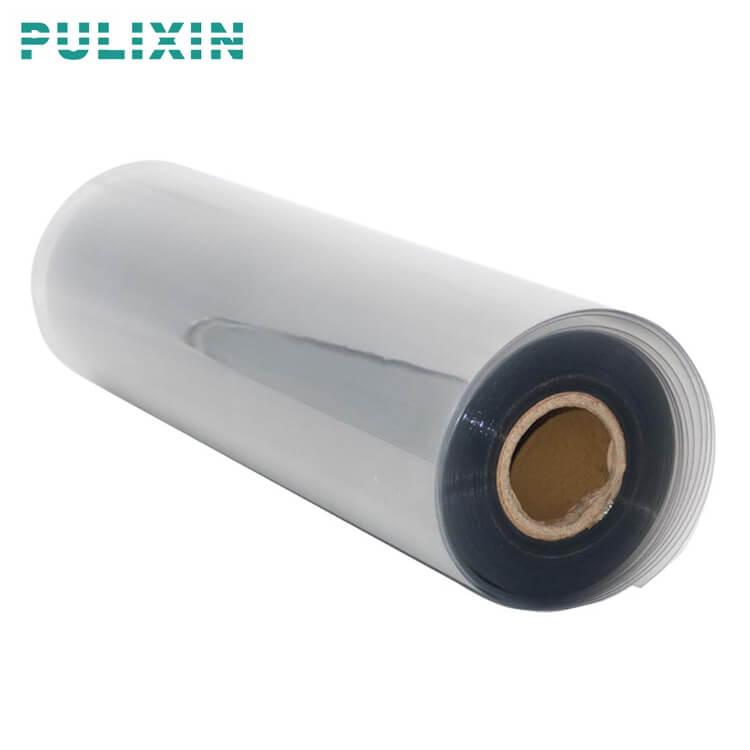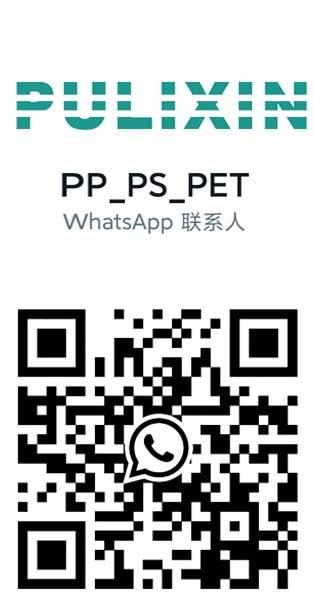PET plastic sheet rolls production process and common problems
There are many types of plastic sheets and they are widely used. At present, the main types of plastic sheets include polyvinyl chloride, polystyrene and polyester (PET). PET plastic sheet rolls have good performance, comply with international environmental protection requirements, and are environmentally friendly sheets.
Currently, packaging needs to meet environmental protection and recyclability requirements, so there is an increasing demand for PET plastic sheet rolls. Here is an overview of the production process and some common issues that may arise.
Production process of PET plastic sheet rolls
Polymerization
PET is produced through the polymerization of ethylene glycol and terephthalic acid (or dimethyl terephthalate). This process results in the formation of PET resin.
Extrusion
The PET resin is then melted and extruded through a flat die to form a continuous sheet. This sheet is subsequently cooled and solidified.
Sheet Thickness Control
Thickness control is crucial to ensure uniformity in the sheet. This is achieved by adjusting the gap between the rollers or by using a die with an adjustable lip.
Orientation
The sheet may undergo a biaxial orientation process to improve its mechanical properties. This involves stretching the sheet in both the machine direction (MD) and transverse direction (TD).
Heat Setting
The oriented sheet is then heat-set to lock in the orientation and eliminate any residual stresses. This step enhances the sheet’s stability and dimensional accuracy.
Rolling into Rolls
The sheets are cut into the desired width and wound onto rolls. This process results in PET plastic sheet rolls that can be transported and used in various applications.
Common quality problems and solutions in PET Plastic Sheet Roll production
Inconsistent Thickness
Problem: Variations in sheet thickness.
Solution: Regularly calibrate and maintain the extrusion equipment. Monitor and adjust the thickness control mechanisms to ensure uniform thickness throughout the sheet.
1. Air Bubbles or Voids
Problem: Formation of air bubbles or voids in the sheet.
Solution: Improve the degassing of the PET resin before extrusion. Adjust processing parameters to minimize air entrapment, and use proper venting in the extrusion equipment.
2. Contamination
Problem: Presence of impurities or foreign particles in the sheet.
Solution: Implement strict quality control measures for raw materials. Regularly clean and maintain equipment to prevent contamination. Install effective filtration systems in the extrusion process.
3. Poor Transparency
Problem: Reduced clarity or transparency in the sheet.
Solution: Optimize processing conditions to enhance the material’s transparency. Ensure proper drying of raw materials to minimize moisture content, which can affect transparency.
4. Surface Scratches or Haze
Problem: Visible scratches or haze on the sheet surface.
Solution: Implement proper handling and storage procedures to prevent surface damage. Regularly inspect and maintain equipment to avoid abrasions. Use appropriate processing temperatures to minimize haze.
5. Edge Curling
Problem: Curling or warping of the sheet edges.
Solution: Optimize the cooling process to ensure uniform cooling across the sheet. Adjust heat-setting parameters to eliminate residual stresses that contribute to edge curling.
6. Poor Printability
Problem: Difficulty in printing on the sheet surface.
Solution: Ensure the sheet surface is free from contaminants. Optimize surface treatment processes to improve printability. Consider using additives to enhance the surface properties.
7. Roll Defects
Problem: Irregularities or defects in the rolled sheets.
Solution: Monitor and adjust tension control during the winding process. Ensure proper alignment of winding equipment. Regularly inspect and maintain winding machinery to prevent defects.
8. Dimensional Instability
Problem: Changes in dimensions or shape after production.
Solution: Implement proper heat-setting processes to stabilize the sheet dimensions. Ensure consistent orientation during the production process.
9. Yellowing
Problem: Yellow discoloration of the sheet.
Solution: Use high-quality raw materials with low intrinsic color. Implement effective drying processes to minimize moisture content. Monitor and control processing temperatures to prevent overheating.

Specification
- Brand: Pulixin
- Origin: Shanghai, China
- Width: 300-1400mm
- Barrier material: PET plastic sheet roll
- Processing methods: Lamination / Multilayer co-extrusion
- Thickness: 0.2-2 mm
- Weight: 50-150kg/roll
- Shape: Roll/Sheet
- Color: Transparent/Custom color
- MOQ: 5tons
Relative News
- What kind of blister sheet can be used to make tr…
- Black conductive HIPS plastic sheet roll shipped …
- PULIXIN packaging materials unveiled at Chinaplas…
- PP blister sheet: an environmentally friendly, sa…
- PET blister sheet: transparent protection, fresh …
- PET plastic sheet rolls set sail to help upgrade …
- Key features of our HIPS plastic rolls
- The secret behind the yogurt box: revealing the s…
- Pulixin HIPS plastic roll sent to Vietnam
- Is it safe to use HIPS plastic rolls as food pack…
